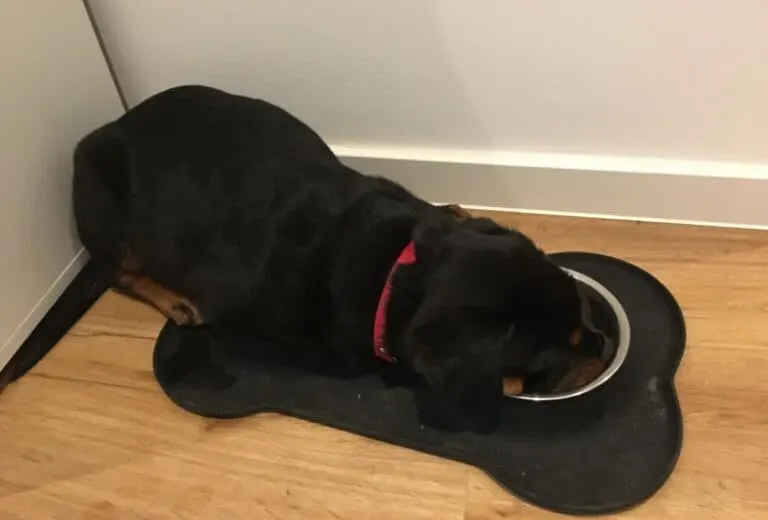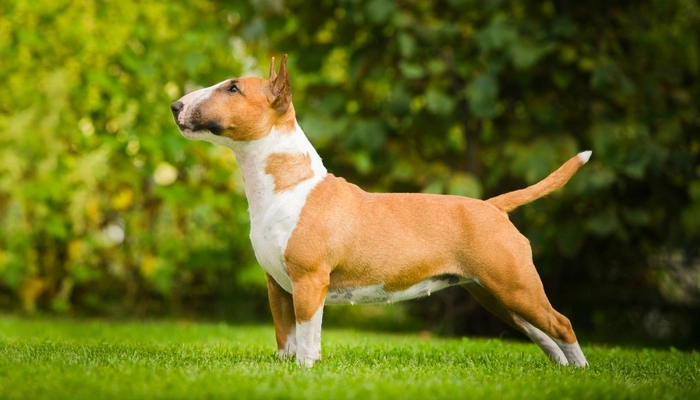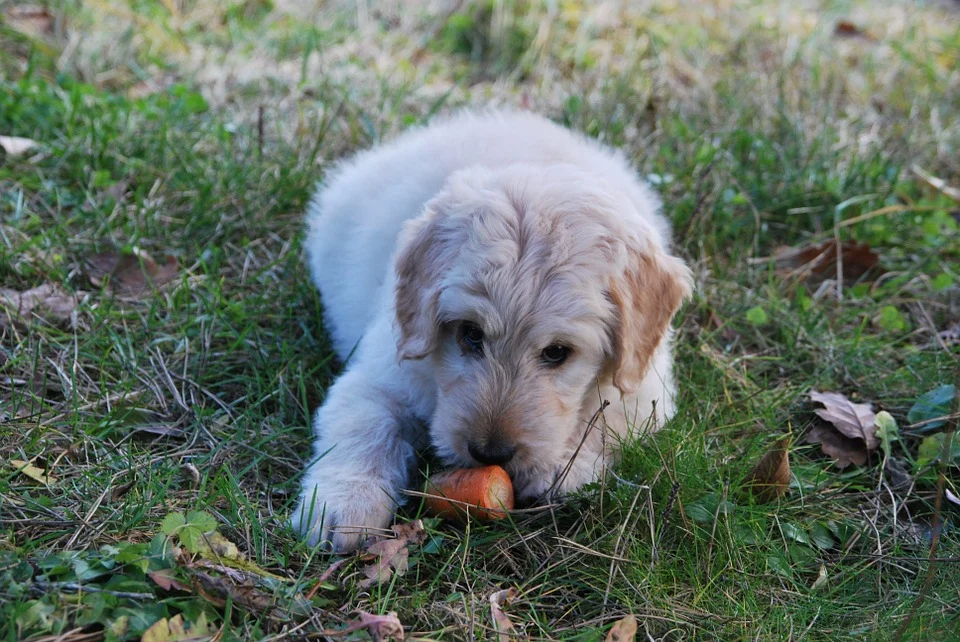Pickling a pickled treat is often less important than the pickle itself. It’s more about how those pickled treats were made. Pickling a snack can often involve a lot of salt (something that is a no-go for your pet), peppers and heavy spices, as well as onions and garlic.
These ingredients can be extremely dangerous for dogs, and some may even be toxic depending on their content. You could see your pup suffering from mild to severe dehydration, hemolytic anemia (a serious condition that affects the red blood cells of your dog), and even death.
If you are considering giving your dog pickled food, it is a good idea to take a step back and check the ingredients. It’s possible that the entire situation can be avoided.
Signs Your Dog has had too Much of Your Pickled Food

If your dog has accidentally eaten pickled treats, there are many signs you should be looking out for. To help you determine what your dog ingested, we recommend looking at the jar. However, there are likely to be some common symptoms and reactions to pickled products.
Your dog will likely be thirsty for a few reasons. Pickled foods often contain large amounts of sodium to preserve them. The sodium also absorbs water from your dog’s body. Too much salt can cause dogs to scream for water, and their bodies will struggle to digest the salt.
Salt, vinegar and other ingredients in pickled products can cause upset stomachs. Also, be aware of diarrhea, constipation and loose stool. You may have a more serious problem if your dog ingests pickled foods that contain onions or garlic. You should look out for signs such as dark urine, vomiting, breathing problems, seizures, loss or consciousness, collapse, extreme fatigue, and other symptoms of anemia.
Pickling’s History
Pickling is the process of preserving or expanding the lifespan of a particular food by brining it, emerging it in vinegar, or using a liquid concoction to keep it fresh longer. The precise origin of pickling isn’t known, but it’s documented that the ancient Mesopotamian were using the process of pickling around 2400 BC.
Pickled foods are useful for food preservation, but they should not be eaten by dogs. Happy Puppy Site states that dogs who eat pickled foods with garlic and onions have had to receive blood transfusions. Dogs suffering from haemolyticanemia (or pickled food containing onions or garlic) will not be treated.
Pickled Foods and Your Dog’s Health

While small amounts of pickled food might not be too terrible for your dog, it’s a different story with every different food. Typically, the pickled food itself (beets, tomatoes, cucumbers, etc) aren’t the culprit behind the issue, instead, it’s the ingredient used to pickled the foods.
Pickled foods, for example, are high in salt. While a small amount of salt won’t harm your dog, too much can cause serious health problems. Salt intake can cause dehydration in your dog and stop their kidneys and organs functioning properly. It can also make it difficult for your dog to digest.
Pickled foods can also contain toxic ingredients such as onions, garlic, and peppers. These foods can cause haemolytic Anemia in dogs. This is a condition that affects red blood cells and causes them to burst.
You can train your dog to stay away from pickles
It’s hard to train your dog to stay away from the specific foods that are bad for them like chocolate, coffee, alcohol, pretzels, pickles, and more, so your best bet is to just train your dog to stay away from people food altogether. This can be a hard trick to accomplish.

Dogs are guided by their noses. With an olfactory cortex about 40 times larger than ours, it’s hard to blame them. Dogs will be attracted to food that smells appealing and will often beg for a piece of it. It is best to teach your dog to not eat food from strangers. There are several ways to do this.
Train your dog to not approach the table while you are eating. If your dog doesn’t beg during a meal, reward them with a puppy-safe treat. However, if your dog does not obey the rule, you can punish them accordingly. This will ensure that your dog learns that begging at the dinner table is not acceptable.
To avoid your pup begging, if your pup is having trouble understanding these commands or struggling to grasp basic obedience commands, you can teach them to wait in the crate while they eat. This type of training requires consistency. You can let your houseguests, friends and family know that you have a no-begging or feeding the dog policy.